What waterproof material - according to raw materials
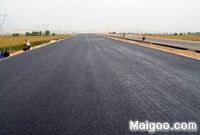
Asphalt waterproof material
With natural asphalt, petroleum asphalt and coal pitch as the main raw materials, it has good adhesion, plasticity, water resistance, corrosion resistance and durability.
Rubber plastic waterproof material
With neoprene rubber, butyl rubber, EPDM rubber, polyurethane and other raw materials, high tensile strength, elasticity and elongation, bonding, water resistance and weather resistance.
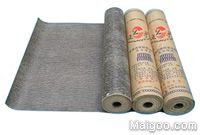
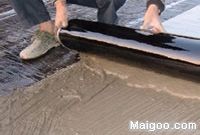
Cement waterproof material
Admixtures for accelerating coagulation of cement, enhancing the hydrophobicity and impermeability of cement mortar and concrete, and accelerating mortar with cement and sodium silicate as base materials for plugging and waterproofing of underground works.
Metal waterproof material
As a roof panel, it is used for waterproofing; it can be used as a waterstop for building deformation joints. The connection of the metal waterproof layer is to be welded and painted with a rust-proof protective paint.
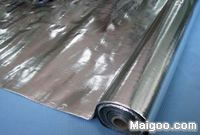
What waterproof material - according to performance classification
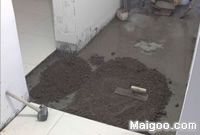
Hard mortar
Advantages: the formation of cement hard block after curing, can not afford water seepage, back water surface waterproof effect is very good
Disadvantages: high mortar hardness, easy to crack with the deformation of the base layer and cracking
Flexible mortar
Advantages: elasticity, base layer deformation cracking will not affect the waterproof effect
Disadvantages: can not be used for the top surface of the back of the water, waterproof did not do a good job, there is water penetration from the package seepage water
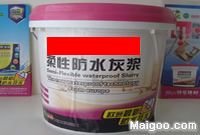

Acrylate
Advantages: easy to combine with the ground gap to form a strong waterproof layer, waterproof effect is better
Disadvantages: high film formation temperature, low film hardness, poor resistance to back tack, poor water resistance, poor adhesion
One-component polyurethane
Advantages: elasticity, cracking of any substrate will not make it crack, waterproof effect is the best
Disadvantages: Odor, individual environmental performance is not up to standard
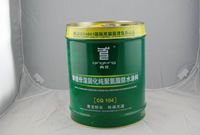
The difference between waterproof membrane and waterproof coating
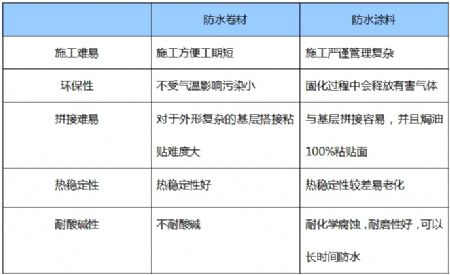
Different Space Waterproof Construction Solutions (See more)
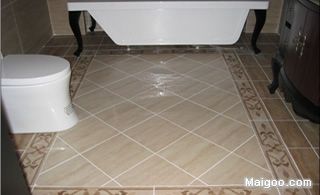
bathroom
Material selection: Use adhesive and elastic waterproof coating
Construction Process: Primary Processing → Demodulation and Proportioning → Brushing Two or Three Passes → Waterproof Part Treatment → Water Sealing Test
kitchen
Material selection: narrow area, large number of pipes, use of polymer cement-based waterproof
Construction points: The wall must also be made 0.3 meters waterproof. Put a waterproof layer 1.5 meters above the wall where the sink is placed; urge the workers to handle these corners


balcony
Material selection: high tensile strength, high elongation, good aging resistance waterproof material
Construction points: Ensure that the ground has a slope, set the drain on the low side; ensure that the balcony and the living room or the bedroom floor have a height difference of at least 2-3 cm to prevent rain from pouring in
Other special space waterproof solutions
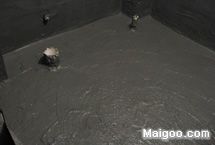
Basement waterproofing:
To prevent the penetration of surface moisture, waterproof the ground floor and four walls of the basement. First floor waterproof:
Without water and moisture treatment, water vapor will erode the ground. The general practice is to apply the waterproof slurry again and then perform the construction. 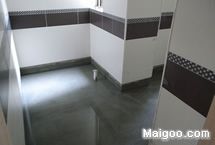
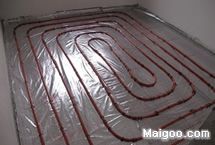
Warm water:
Larger indoor and outdoor temperature difference, near the door, window of the geothermal pipeline is easy to produce condensate, you need to brush waterproof paint, and then do leveling layer, warm moisture layer, and then laying the floor heating pipe.